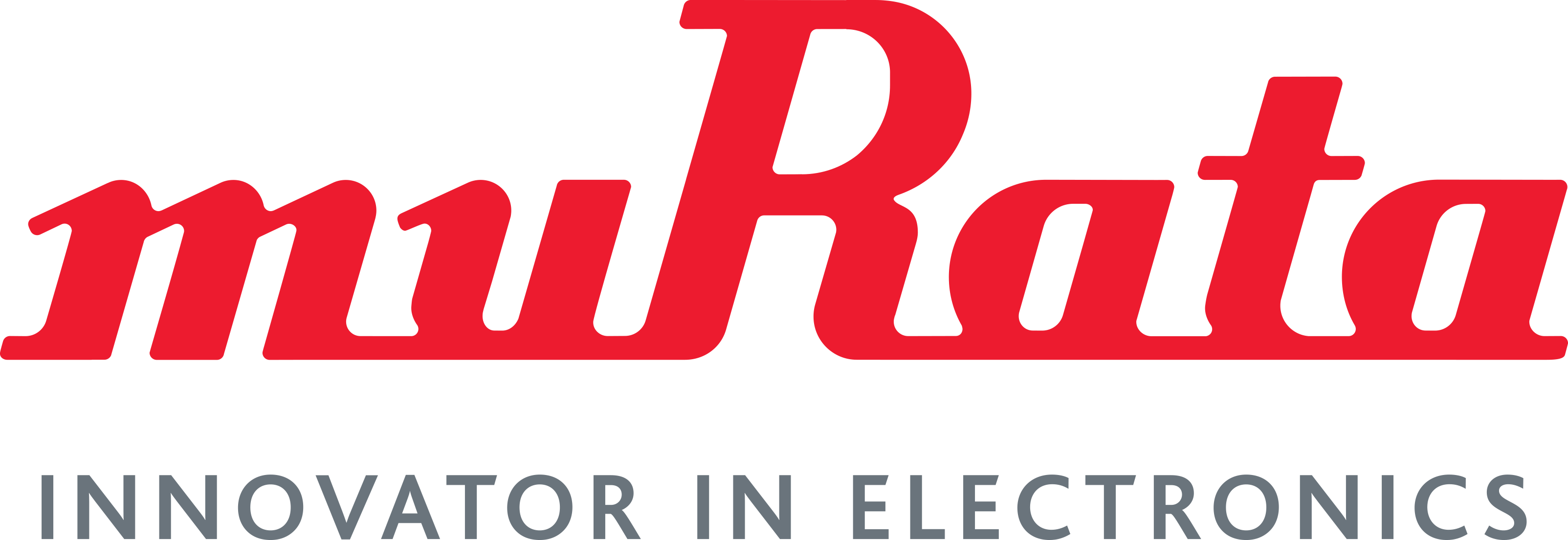
Murata Electronics
Murata Electronics is a renowned global manufacturer of electronic components and solutions. With a rich history dating back to 1944, the company has established itself as a leading provider of advanced electronic products for a wide range of industries, including automotive, telecommunications, healthcare, and consumer electronics. Murata Electronics offers an extensive portfolio of electronic components, including capacitors, inductors, resistors, sensors, antennas, and RF modules. These components are known for their high quality, reliability, and performance, enabling customers to design and develop innovative and cutting-edge electronic devices and systems. Additionally, Murata Electronics provides comprehensive solutions and services that address various customer needs, such as wireless connectivity, power management, and sensor technologies. The company also focuses on sustainability, incorporating eco-friendly practices in its manufacturing processes and product designs. With a global presence and a commitment to technological advancement, Murata Electronics continues to be a trusted partner for companies seeking high-quality electronic components and solutions.
Video Cables (DVI, HDMI)
Results:
Results remaining:0
Applied Filters:
Murata Electronics
No data |
About Video Cables (DVI, HDMI)
Video cables, such as DVI and HDMI cables, play a crucial role in connecting video sources and displays, facilitating the transmission of high-quality audio and video signals. These cables are equipped with interconnects on one or both ends, allowing seamless integration with a wide array of video devices and peripherals. The key characteristics of video cables include the connector type, cable length, cable type, shielding, and intended usage for specific applications. Connector type is a critical feature of video cables, as it determines compatibility and functionality with different video sources and display devices. Common connector types include DVI (Digital Visual Interface) and HDMI (High Definition Multimedia Interface), each tailored to specific connectivity requirements. Cable length is an important consideration, as it determines the reach and flexibility of the video connection. Video cables are available in various lengths to accommodate different spatial configurations and setup preferences. The cable type refers to the specific construction and design of the cable, including the arrangement and materials of the internal conductors, insulation, and outer jacket. Different cable types are optimized for specific video transmission needs and environmental conditions. Shielding is a critical feature of video cables, as it helps minimize electromagnetic interference (EMI) and radio frequency interference (RFI), ensuring clean and reliable signal transmission for high-quality video and audio. Video cables find diverse applications across various usage scenarios, including CCD camera connections, digital visual interfaces, high-definition multimedia interfaces, multimedia setups, patching applications, and integration with devices such as Raspberry Pi. In summary, video cables, including DVI and HDMI cables, serve as essential components for establishing reliable and high-quality video connections between sources and displays. With considerations for connector type, cable length, cable type, shielding, and diverse usage scenarios, these cables provide versatile solutions for a wide range of video integration and transmission needs.
